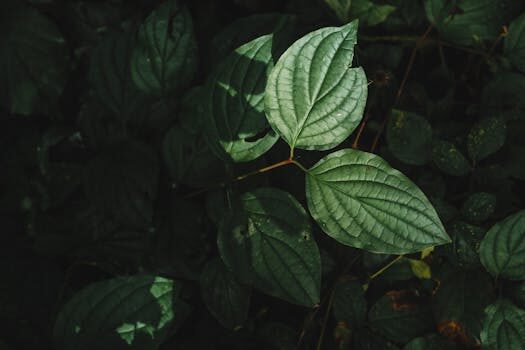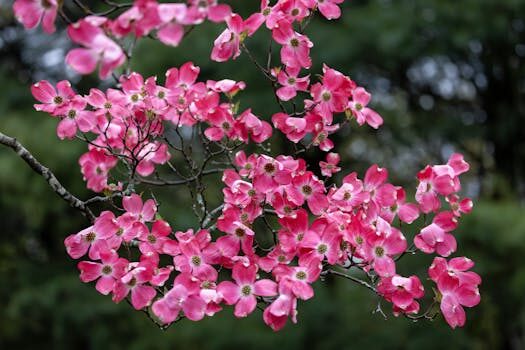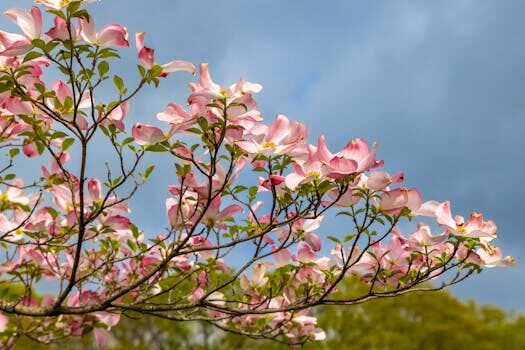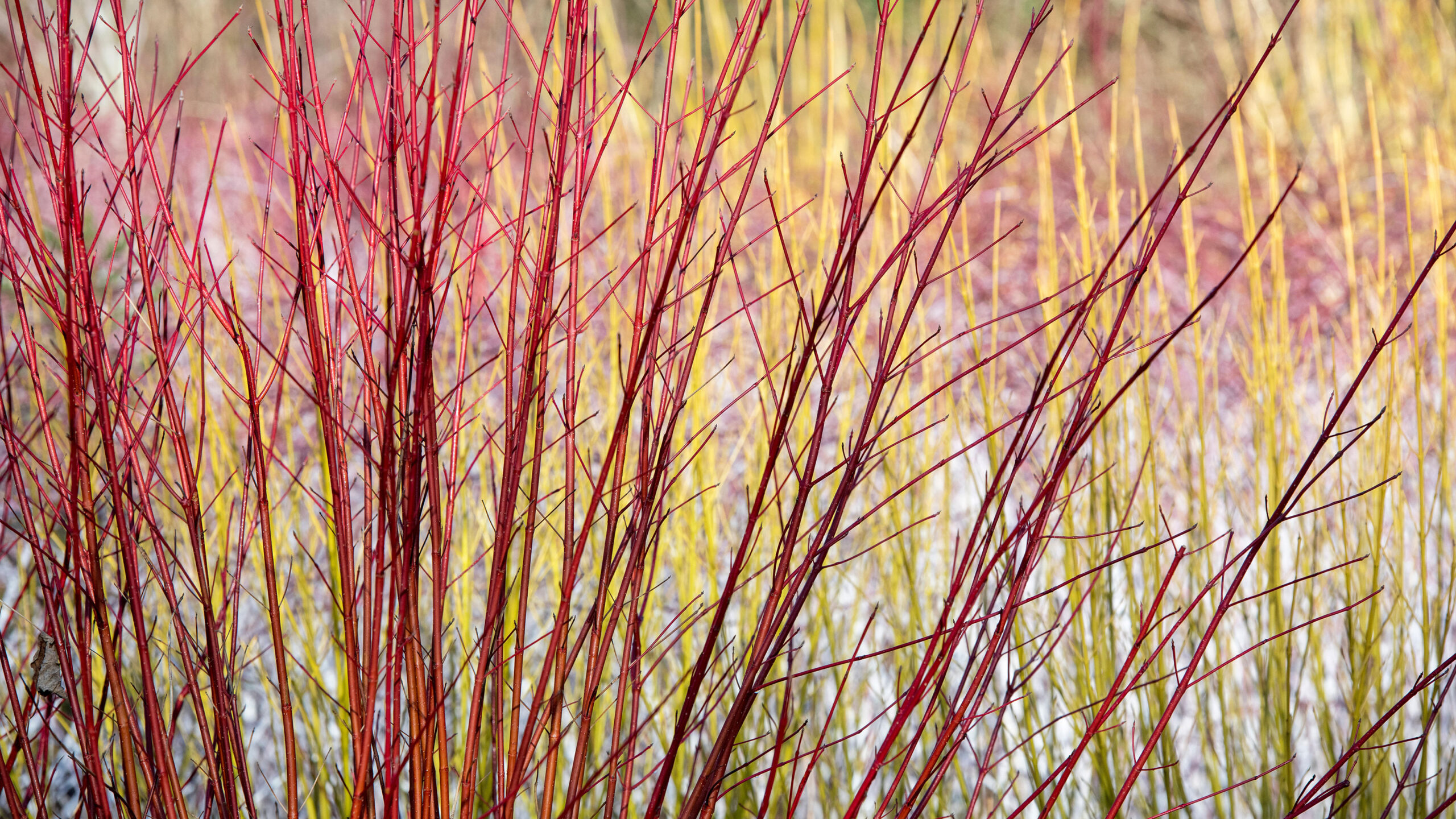Red twig dogwoods are a gardener’s delight, offering a splash of color during the dormant seasons with their vividly hued stems. These hardy shrubs are not only a visual treat but also serve as a haven for wildlife, providing shelter and sustenance. Whether you’re looking to create a standout feature in your winter garden or simply wish to enjoy their year-round beauty, there’s a variety of red twig dogwood to suit your needs.
Dwarf red twig dogwood varieties
For those with smaller gardens, dwarf red twig dogwoods present a compact option without compromising on the striking winter coloration. Varieties like the ‘Arctic Fire’ are perfect for creating low-lying hedges or accentuating the front of a border. Despite their diminutive size, these varieties pack a visual punch, especially when their fiery stems stand out against a snowy backdrop.
Dwarf varieties are not only space-saving but also easier to maintain, making them a favored choice for both novice and experienced gardeners alike. Their hardiness makes them suitable for a range of climates, ensuring that even those in colder regions can enjoy their vibrant display.
Some dwarf varieties include:
- ‘Kelsey’s Dwarf’
- ‘Arctic Sun’
- ‘Prairie Fire’
Best types of red twig dogwood: 11 eye-catching varieties for your plot
Within the red twig dogwood family, there are 11 eye-catching varieties that are particularly noteworthy. These range from the classic ‘Cardinal’ with its bright red stems to the more unusual ‘Hedgerows Gold’, which features variegated leaves alongside red stems.
The beauty of these varieties lies not only in their winter appeal but also in their versatility. Plant them in groups for a dramatic effect, use them as a backdrop for perennial beds, or even incorporate them into rain gardens where they can thrive in moist conditions.
Some of these varieties are:
- ‘Midwinter Fire’
- ‘Isanti’
- ‘Coloradensis’
- ‘Sibirica’
- ‘Baileyi’
What is the Arctic Fire dogwood?
The ‘Arctic Fire’ dogwood is a standout amongst the red twig varieties. It is renowned for its compact size and intense red stems, which provide a luminous display against the winter landscape. This variety thrives in a range of soil conditions and is particularly well-suited to smaller gardens or as part of a mixed border.
As with most dogwoods, ‘Arctic Fire’ benefits from regular pruning, which not only maintains its shape but also encourages the growth of new stems that boast the brightest color. Its ability to resist common dogwood diseases makes it a resilient addition to any garden.

What are the features of the red twig dogwood variegated?
When it comes to adding texture and variety to your garden, the red twig dogwood variegated varieties are a splendid choice. With leaves streaked with white or yellow alongside their red stems, these plants can brighten up any corner of your garden. They create a striking contrast when planted alongside evergreens or against a dark backdrop.
One popular variegated variety is the ‘Ivory Halo’, which features white-edged leaves and a bushy form. It’s not only the stems that attract attention; in the spring, the variegated foliage provides a fresh and lively look.
How to identify Cardinal red twig dogwood?
Identifying the ‘Cardinal’ red twig dogwood is relatively straightforward, thanks to its distinctive bright red stems that become more pronounced during the winter months. During the spring and summer, the shrub sports lush green foliage that later turns to a vibrant reddish-purple in the fall.
The ‘Cardinal’ variety is also known for its fast growth and can be used effectively for erosion control on slopes. It’s a robust plant that can adapt to various soil types, although it prefers moist conditions.
What makes Arctic Fire red twig dogwood unique?
The ‘Arctic Fire’ red twig dogwood is unique for its exceptionally bright red winter stems and its more compact form compared to other red twig dogwoods. Reaching only about 3-4 feet in height, it’s an excellent choice for smaller spaces or for underplanting beneath larger trees.
Aside from its size, ‘Arctic Fire’ is known for its resilience and is less prone to the canker disease that can affect other dogwood species. Its ability to thrive in both full sun and partial shade makes it a flexible option for various garden designs.
What is the Ivory Halo dogwood?
The ‘Ivory Halo’ dogwood is a variegated cultivar that provides year-round interest with its striking white-bordered leaves and red winter stems. It’s a more compact version of the ‘Elegantissima’, making it suitable for smaller gardens or as part of a mixed border.
This variety also flowers in late spring, offering small white blooms that add to its decorative appeal. The ‘Ivory Halo’ dogwood is a hardy plant that can withstand harsher climates and is relatively easy to care for.

Understanding Bailey red twig dogwood
The ‘Bailey’ red twig dogwood, also known as ‘Baileyi’, is recognized for its sturdy and upright growth habit, making it an excellent choice for creating screens or hedges. Its dark red stems stand out in the winter landscape, and its white spring flowers give way to white berries that attract birds.
‘Bailey’ is also noted for its adaptability to different soil types and is considered to be one of the more disease-resistant varieties of red twig dogwoods. It’s a reliable performer in both urban and rural settings.
Related questions on red twig dogwoods
What are the best types of red twig dogwood?
The best types of red twig dogwood depend on your specific garden needs. For a classic red stem, consider ‘Cardinal’ or ‘Arctic Fire’. If you desire variegation, ‘Ivory Halo’ is a top choice. For compact growth, ‘Kelsey’s Dwarf’ might be ideal. It’s important to select a variety that matches your garden’s space and aesthetic preferences.
When choosing, also consider the plant’s mature size, flowering habits, and berry production, as these will all contribute to the plant’s attraction for wildlife and overall garden appeal.
How do you care for red twig dogwood?
Caring for red twig dogwood starts with planting in well-drained soil and a sunny to partly shaded spot. Water regularly, especially during dry spells, and apply a layer of mulch to retain soil moisture. Pruning is crucial; cut back one-third of the oldest stems in late winter to promote vibrant new growth.
Fertilize in early spring with a balanced fertilizer to encourage healthy growth. Look out for pests like dogwood sawfly and diseases such as leaf spot, and treat promptly if you spot any signs.
What makes dogwood trees unique?
Dogwood trees have a unique appeal due to their four-season interest. They offer beautiful spring flowers, lush summer foliage, stunning fall colors, and distinctive winter bark. These traits, combined with their adaptability to a range of soil types and climates, make dogwoods a popular choice for various landscapes.
Additionally, dogwoods have a layered branching structure that provides visual interest and habitat for birds and other wildlife, enhancing the biodiversity of your garden.

Are red twig dogwoods good for wildlife?
Yes, red twig dogwoods are excellent for wildlife. They provide shelter and nesting sites for birds, while their berries are a food source for many species. The flowers attract pollinators like bees and butterflies, making these shrubs a beneficial addition to any wildlife garden.
Moreover, their ability to thrive in wet conditions makes them suitable for rain gardens, which are important for supporting amphibian populations and managing rainwater runoff.
How to choose the right dogwood variety for your garden?
Choosing the right dogwood variety involves considering the size of your garden, the soil conditions, and the climate zone. You’ll want to select a variety that is hardy in your region and fits the space available. Consider the shrub’s mature height and spread, as well as its ornamental features like leaf color, stem color, and flower appearance.
It’s also important to think about maintenance requirements and whether you’re looking for a plant that attracts wildlife or offers privacy. Speak with a local nursery or horticulturist to find the variety that best suits your needs.
For those seeking to learn more about the care of these versatile and stunning shrubs, take a look at this informative video:
Red twig dogwood varieties bring a unique combination of beauty and functionality to any garden. With their vibrant stems and foliage, these plants offer year-round interest and serve as an essential part of a wildlife-friendly landscape. Whether you’re an experienced gardener or a beginner, there’s a red twig dogwood variety that will enhance your outdoor space and contribute positively to the local ecosystem.
 Revealed: Instagram’s most popular houseplants
Revealed: Instagram’s most popular houseplants
